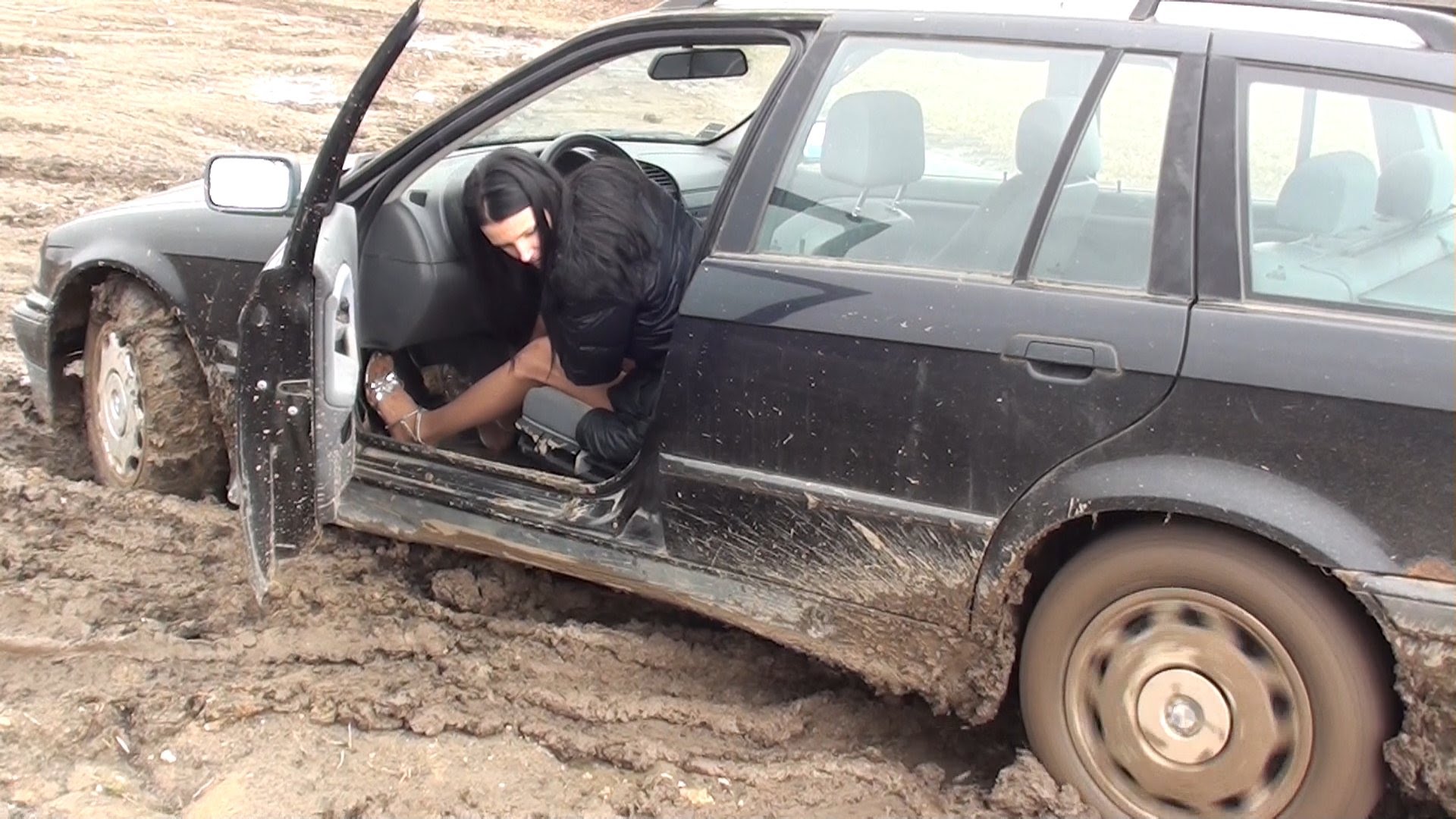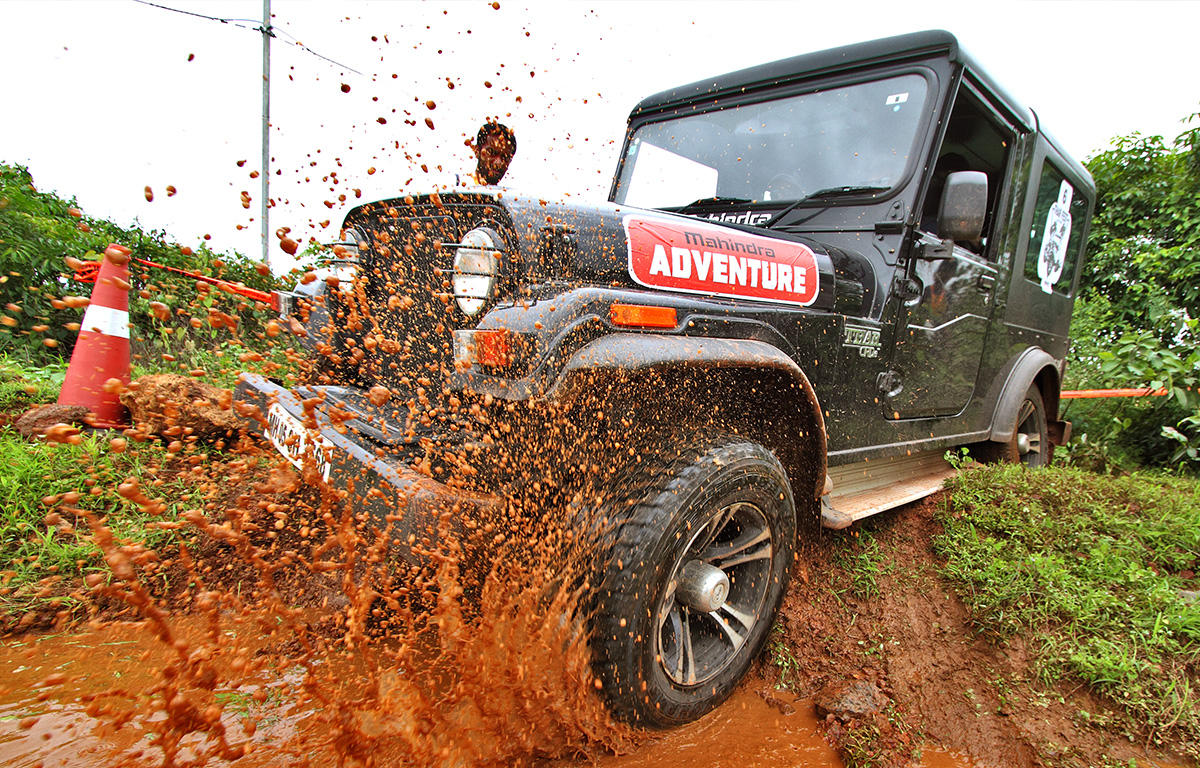When you are off-roading with your SUV, many a time you will end up in murky water or sticky and muddy area. Even shallow puddles and pothole look tiny from a distance but when you are up close, it might be a deep and dangerous hole! Don’t be fooled by the size of the potholes. This differs from a purpose-built 4WD and a city-based regular AWD SUV. If you want to challenge yourself a little more and drive through less traction and muddy areas, be sure to know when the right time is to back-off and drive around elsewhere. If you still want to push your luck and try driving through the mud with your SUV, here are a few tips to help you achieve this –
Before Getting Dirty
It is essential to know your SUV’s maximum wading depth. If you are wondering what a wading depth is, it is basically the automobile manufacturer’s recommendation on how deep the automobile can be immersed in water which is not flowing along with a flat surface which is solid for the driver to drive on. When you have all the knowledge on where your vehicles’ engine air intake is along with where the electrical gear is situated, you will know exactly how deep your vehicle can tread through muddy waters. It is best to have an aftermarket snorkel which easily sucks the air from the roof which makes off-roading smoother. If you can, try to walk in the mud hole to check the depth of it or poke with a long branch or stick. You can check for any debris, sharp rocks and other submerged items as well that might get your SUV stuck in the pothole. It is essential to know what lies in the pothole before you drive your SUV into it.

Tackling the mud
If you decide to take your SUV into the mud instead of around it, you need to ensure that the recovery gear is at hand. Along with this, you will need to attach snatch straps if any to your vehicle’s recovery points by the bow shackles. These recovery points are located on the front and the back of the car. This strategy will allow to get access to your gear instead of scrambling around when you really need it! Covering your vehicle with a tarp is another excellent idea which will prevent water from entering the engine bay. You need to maintain a constant throttle to drive through the mud along with a steady momentum through all the wet and soggy mud. This is because wet mud has very little traction.
Once you are out of the mud and back on the off-roading trip, you need to ensure that you clean your car including the tires and engine area. This prevents any wet mud from forming cakes all over your car which can clog the components especially the brakes. Also, try to carry an air compressor, rated bow shackles, snatch strap, long-handled shovel, tire deflator as well as a tire pressure gauge when you head for an off-roading experience.






